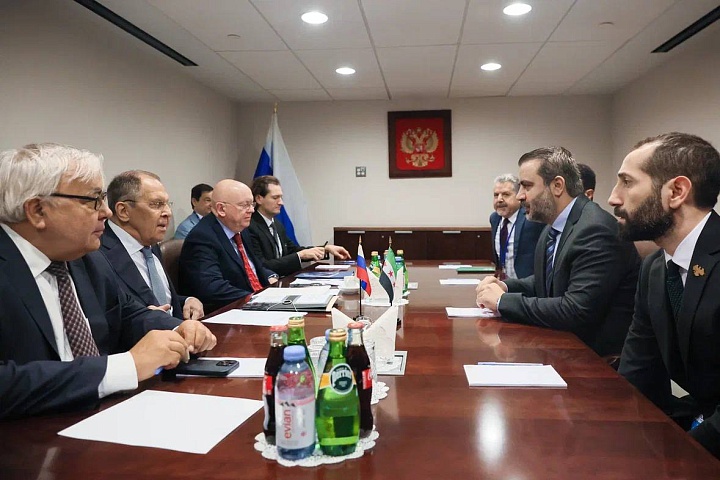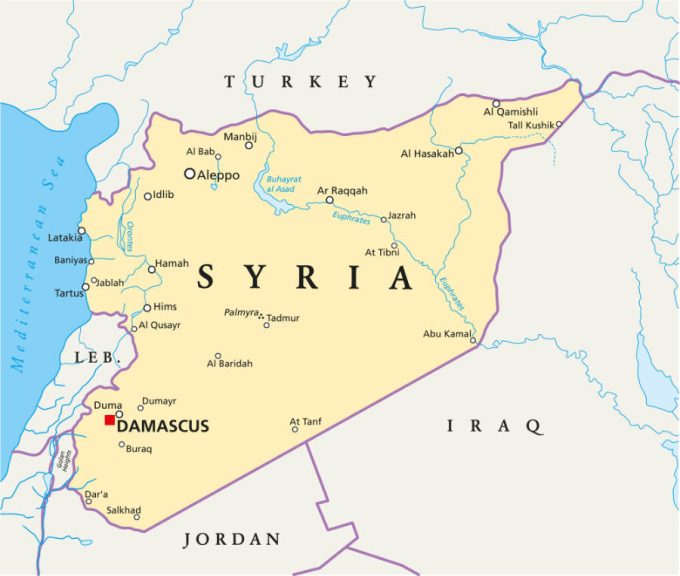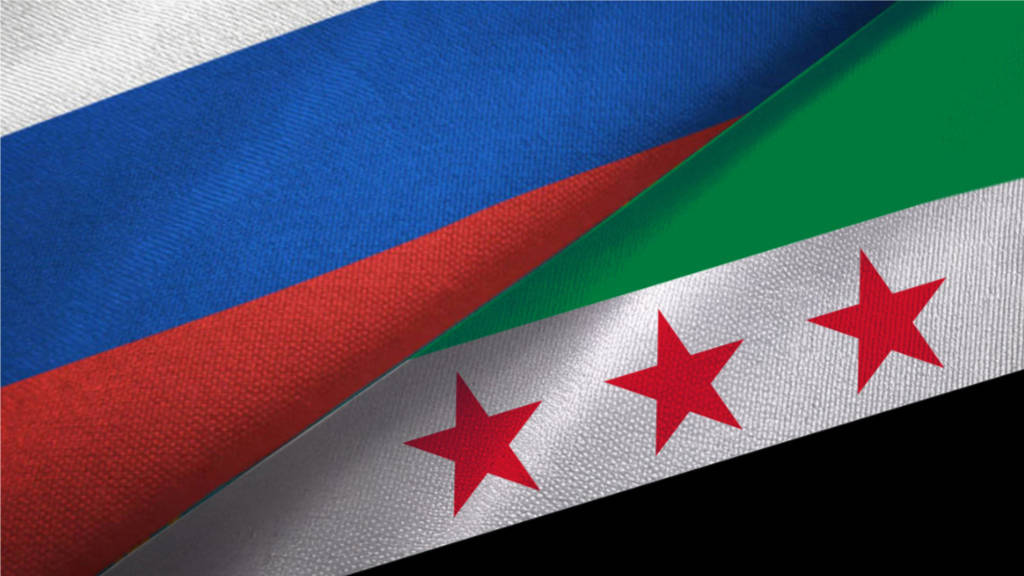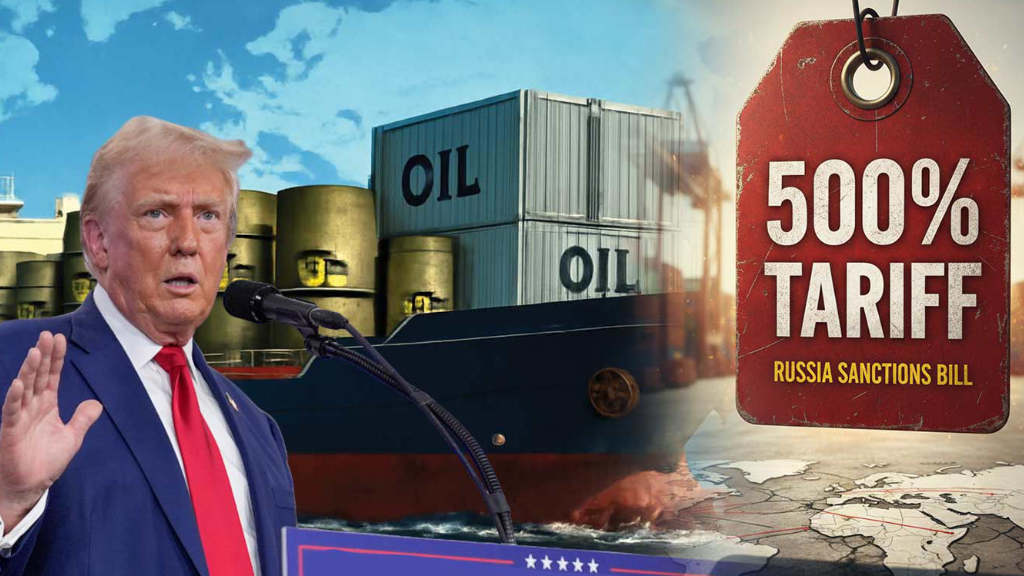The Russian Foreign Minister, Sergey Lavrov, has met with Asaad al-Shaibani, the Minister of Foreign Affairs and Expatriates of the Syrian Arab Republic in New York, on the sidelines of the 80th session of the UN General Assembly.
The discussion focused on practical steps to develop many-faceted bilateral cooperation, building on the outcomes of recent high-level official delegation exchanges. The ministers also reviewed the schedule of forthcoming engagements, including Syrian President Ahmed al-Sharaa’s participation in the inaugural Russian-Arab Summit, to be held in Moscow in October 2025.
The Russian side reaffirmed its firm commitment to supporting Syria’s unity, sovereignty, and territorial integrity. It was stressed that internal challenges should be resolved by the Syrians themselves – without harmful external interference – through an inclusive national dialogue that reflects the interests of all communities within Syria’s multi-religious society. The parties underscored the importance of consolidating international efforts to create favourable conditions for lasting stabilisation in Syria and to support its post-conflict recovery.
The two sides also discussed the resumption of the Russia-Syria Intergovernmental Commission.

Russia’s political relations with Syria have had to be rebuilt following the collapse of the ruling Assad administration and his subsequent exile to Moscow. The now-deposed Assad had a warm relationship with Moscow. That rule came after a lengthy civil war that had persisted for several years and ultimately resulted in a change of regime, with new President al-Sharaa now in office. He also attended the UN General Assembly.
Recent diplomatic relations with Damascus appear to have been based on pragmatism, with Russia managing to retain control and use of key strategic naval and airforce bases in Syria. That will have been obtained with reciprocal assistance in trade, investment and security. Al-Sharaa’s attendance at the upcoming Russia-Arab Summit would illustrate a firm commitment to further developing these ties.

Due to the Syrian conflict, bilateral trade has been minimal in recent years but can cautiously be expected to recover. Syria is a member of the Middle Eastern GAFTA free trade agreement, and has other trade agreements with Turkiye, Iran and Russia.
Numerous countries other have vested interests in Syria, as the country is the only significant crude oil producing country in the Eastern Mediterranean region, which includes Jordan, Lebanon, Israel and the Palestinian territories. Syria’s energy reserves give it special significance for Israel, whose troops have recently entered Syria for the first time in 50 years to secure these assets. The relationship between Syria and Israel remains complex, yet al-Sharaa was warmly welcomed by US President Trump at the UN summit.
Iran has also regarded Syria as a vital link in its anti-Jewish “Axis of Resistance”, which includes Lebanon, Yemen, and Palestinian groups. Syria served as a crucial logistical hub for arming Hezbollah and providing both political and economic support. Tehran also has interests in Syria’s eastern oil fields which are located close to the Iraqi border.
Ankara also has vested interests, although it will want to see a rapid return to stability. The issue concerning Syrian refugees in Türkiye has become a significant internal political situation for Ankara, which wants to see the estimated 3.6 million refugees in the country repatriated back to Syria. Türkiye shares a significant northern border with Syria and may want to annex or certainly de facto control part of these, in order to repatriate its Syrian refugee problem. Some of Syria’s energy reserves are also close to the Turkish border.
As at the current state of play, it appears that Russia, Iran and Turkiye are coordinating efforts to stabilise the country, although much also depends on Israeli and Western intentions.
Russia’s oil and gas sector has significant investments in Syria, as well as large-scale investments in critical infrastructure, including the reconstruction of Tartus port, the modernization of Syrian fertilizer production, and the restoration of several oil and gas fields and refining plants. Moscow also invested heavily in the country following the Western-backed ‘Arab Spring’ which was intended to depose Assad in 2011. Russia has a further 40 investment projects within Syria, in sectors that are pivotal for the country’s reconstruction, including energy, (both electricity and oil), transportation infrastructure, housing, and industrial development.
Russia uses the Syrian port of Tartus as a Naval base and currently has warships stationed there. Syria has apparently confirmed the continuation of Russian military bases.
Syria has a population of 25 million, with another 7 million refugees overseas, of which half are in Turkiye. These are likely to be encouraged to return. The current Syrian GDP (PPP) is estimated at just US$10 billion, far below its potential and hugely impacted by sanctions. The per capita income (PPP) is also low at about US$750. Russia’s bilateral trade is currently worth about US$1 billion and is mainly derived from the energy and agricultural sectors.
There have been some positive signs in bilateral relations – a specialist Russian printing house recently won the contract to produce Syria’s new banknotes.
The recent bilateral political dynamics have been cautiously positive, however the political and security situation in Syria remains intense as the country needs to stabilise and then recover its economy. With Syria’s oil reserves a magnet, especially for Europe, Russia faces competition to maintain and develop its earlier investments in the Syrian energy sector.
Further Reading





